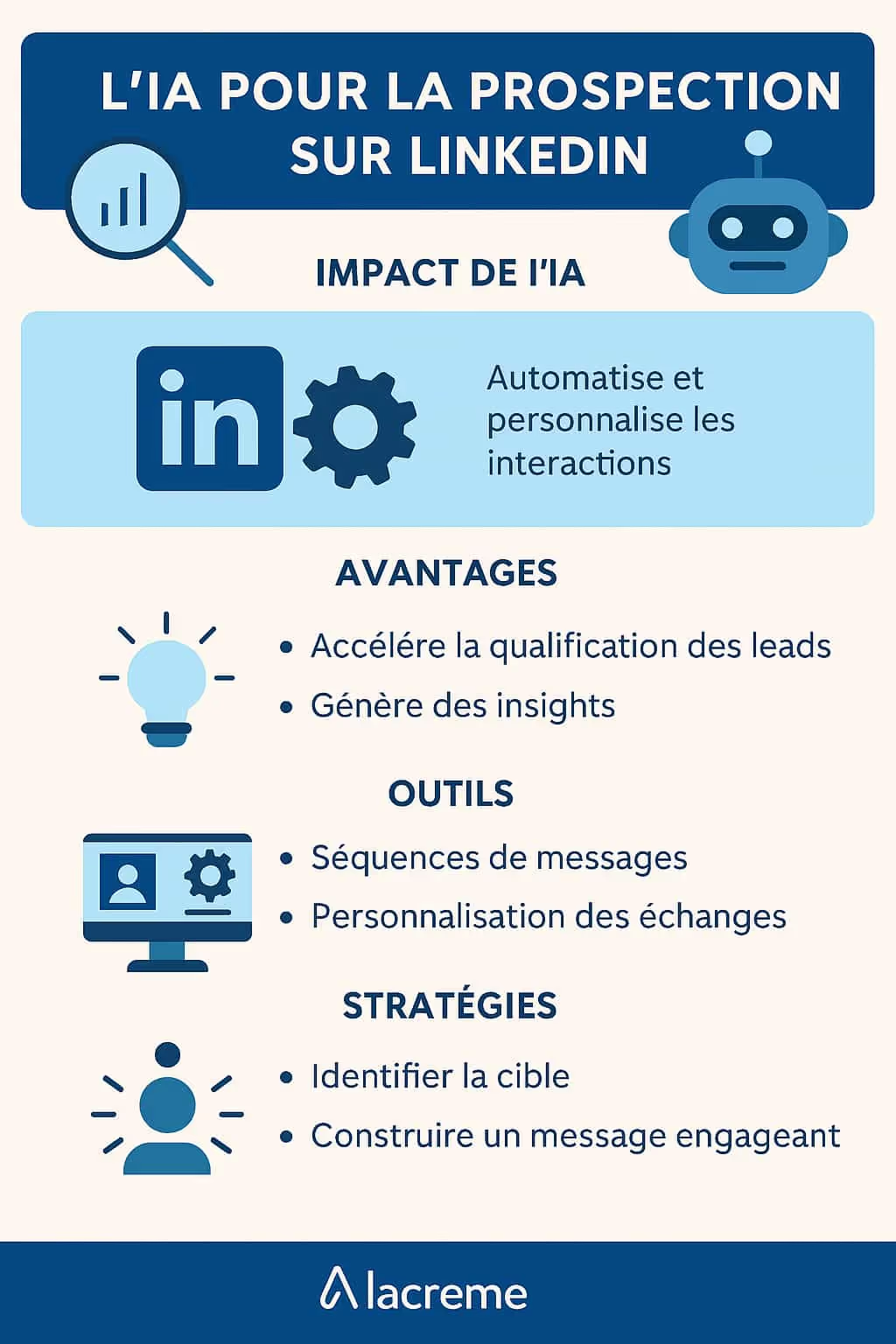Understanding Artificial Intelligence and its Impact on IT Services
Definition and Basic Principles of AI
THEartificial intelligence corresponds to a set of technologies simulating human intelligence by machines, in particular computer systems. These technologies include machine learning, pattern recognition, deep learning, and natural language processing, among others. AI allows machines to perform tasks that would normally require human intelligence such as decision-making, problem solving, or even language comprehension.
The evolution of AI in the IT Sector
Historically, IT has been marked by the gradual automation of tasks. Today, with the evolution of AI, the sector is experiencing a new lease of life. The algorithms ofartificial intelligence are no longer content with automating, but they are making decisions based on vast amounts of data, thereby optimizing operations, minimizing errors, and paving the way for new services and products.
IT Services Enhanced by Artificial Intelligence
Automating Repetitive Tasks
The most immediate application of AI in IT services isautomating tasks repetitive. Intelligent scripts and bots can independently manage operations such as the deployment of updates, the management of backups, or the monitoring of networks. This frees up IT staff for more strategic and value-added tasks.
Optimization of Maintenance and Support Processes
THEartificial intelligence also makes it possible to refine maintenance and support processes. Predictive solutions using AI can anticipate failures before they happen, allowing for proactive intervention. Les Chatbots and intelligent virtual assistants, on the other hand, offer fast and effective front-line support, responding immediately to user requests.
The Concrete Benefits of AI for Businesses
Accelerating Productivity and Performance
The integration of AI into IT services leads to a significant gain in terms of productivity and performance. Systems are becoming more responsive, less subject to human error, and able to handle more tasks simultaneously. These improvements have a direct impact on overall business performance.
Customizing the User Experience
Natural language processing and machine learning enable businesses to provide a highly personalized user experience. Whether through intelligent product recommendations or tailor-made customer assistance, AI enhances the interaction with the end user, contributing to their satisfaction and loyalty.
The Art of Implementation: Integrating AI into Your IT Services
Identifying Needs and Adapting AI Solutions
For the successful integration of AI into your IT services, it is essential to identify precisely the application areas where AI can have a significant impact. The key is to adapt AI solutions to the specific needs of the business, not the other way around.
Key Steps for a Successful AI Transition
A successful transition to AI involves several key steps: a detailed analysis of the processes in place, the selection of the right technologies, a testing and learning phase for the systems, and finally, a gradual implementation allowing for continuous adjustment.
Case Studies: AI in Action in the World of IT Services
Successful Examples of AI Integration
Many businesses have already taken the plunge. For example, the giants of e-commerce use predictive algorithms to adjust their inventory and product recommendations. In the telecommunications sector, AI systems manage the predictive maintenance of networks in order to prevent breakdowns.
Return on Investment and Success Measurement
The return on investment (ROI) of AI integration is measurable by an increase in efficiency, a decrease in operating costs and an improvement in customer satisfaction. These indicators make it possible to assess the success of the implementation and to guide the next stages of AI development within the company.






